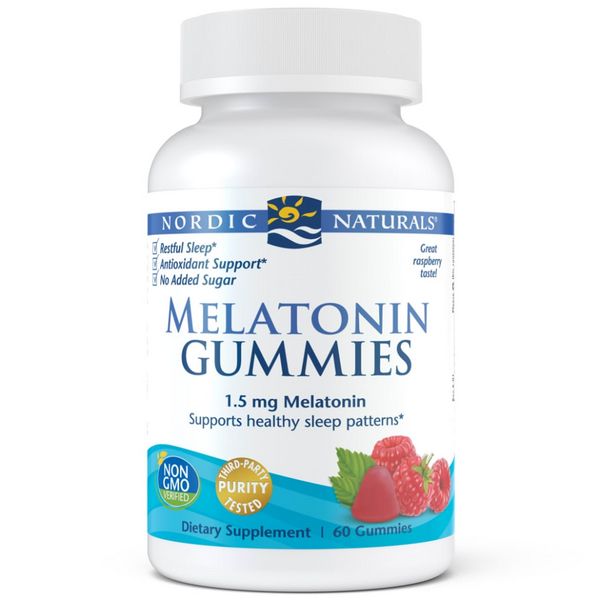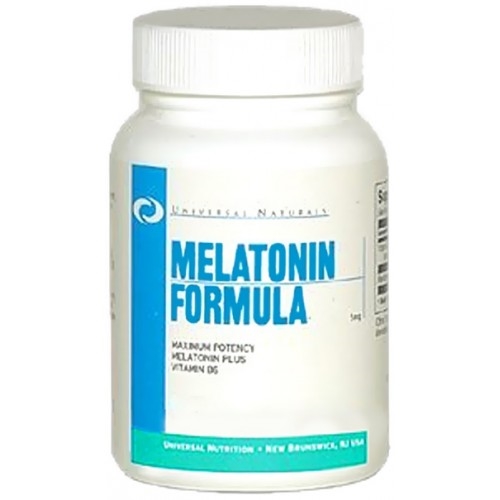Content:
- High On Melatonin: how to take, reviews, composition
- When and how to take Best Melatonin in powder and in capsules

How to use melatonin? | Medical Chronicle
Melatonin and the basics of somatic adaptation of the organismMelatonin is a physiologically active compound that is present in most living organisms, including humans and bacteria. At the same time, in vertebrates, in addition to synthesis in peripheral tissues and the realization of the functions of an autocrine and paracrine signal, melatonin is centrally produced by the epiphysis. Regardless of the species in question, the pineal hormone is synthesized at night, and the duration of the secretory episode depends on the duration of the night period. Considering that the production of this hormone directly correlates with the length of daylight and circadian rhythms, the systemic hormonal response consists in coordinating behavioral and physiological adaptation to the geophysical day and seasonal environmental changes. Circadian rhythms, therefore, are due to the daily regularity of melatonin synthesis, as well as the contrast between day and night levels of its synthesis.
The daily cycles of melatonin production coordinate the adaptive physiological processes at night and form the prerequisites of the daytime range of adaptation of the organism through the expected effects that occur during the daytime when melatonin synthesis is blocked. Similarly, the diurnal rhythms of melatonin secretion modulate the physiological activity of the central nervous and endocrine systems, depending on the rhythm of the changing seasons of the year. It has been established that maternal melatonin regulates the physiological processes and behavioral reactions of the fetus, allowing the infant to adapt to daily and seasonal circadian rhythms after birth. Due to the unique characteristics described, melatonin has acquired the status of a biological compound functioning in changing temporal conditions.
High On Melatonin: how to take, reviews, composition
From disorders of adaptation to diseases In a recent review, presented in the publication Endocrine Reviews on December 1, 2018, the researchers paid attention to the above nuances of melatonin physiology, and also examined the clinical disorders caused by the disregulation of melatonin synthesis, and offered general recommendations on the therapeutic use of drugs its basis. Explaining the importance of the work, José Cipolla Neto, Professor at the Institute of Biomedical Sciences of the University of São Paulo (Brazil), explained that blocking the melatonin synthesis at night forms the basis for the development of pathologies of disadaptation – sleep disorders , hypertension, general metabolic disorders, including the development of type 2 diabetes and obesity. This situation is the basis of metabolic disorders, not only because of the low level of melatonin secretion, but, above all, due to one of its earliest consequences – the temporary disruption of the circadian rhythm of biological functions.
In the course of the work, the researchers conducted a systematic information search, the results of which revealed that over the past decade, more than 4,000 studies studied the physiology and nuances of the therapeutic use of melatonin. Of all the papers presented to date, about 200 are randomized clinical trials. For example, in the period from 1996–2017. 195 systematic reviews were published on aspects of the clinical use of melatonin, of which 96 were related to the administration of melatonin in the treatment of mental disorders and neurological disorders, including sleep disorders, while 43 studies focused on the study of the relationship between melatonin synthesis and the development of cancer.
Patent applications relating to the therapeutic use of melatonin and its analogues, filed in the period 2012–2014, focused mainly on diseases of the central nervous system, including sleep disorders, circadian rhythm, neuroprotective effects, as well as oncological diseases and immune dysfunctions. Nevertheless, despite the impressive amount of data on the characteristics of the use and physiological significance of this hormone, the authors concluded that researchers and clinicians do not yet have systematic standards for properly interpreting them and developing a common understanding of the role that melatonin plays in physiology and pathophysiology. person Therefore, the main objective of this study was to find a structural model that would allow researchers and practitioners to analyze and interpret the effects of melatonin and its intended role in a number of pathologies.
The role of individual variations and the physiological effects of melatonin Melatonin, first described in 1959, is a derivative of tryptophan and has a specific effect on the elimination of free radicals. It is established that, possessing antioxidant properties, melatonin directly interacts with free radicals and stimulates antioxidant systems in various tissues and organs. The described role has previously been proposed as the main function of melatonin. However, in recent years, it has been revealed that this hormone is involved in several mechanisms at various physiological levels, including the cardiovascular, immune, respiratory and endocrine systems.

Thus, the mechanisms of action and the integrative role of melatonin enhance and diversify its functionality, taking into account time parameters, forming the range of the physiological reserve of adaptation of the organism at the peak of its secretion, as well as preparing the body for future environmental changes. Explaining these processes, the authors indicate that each of the individual physiological nuances should invariably be taken into account not only in experimental in vitro studies and clinical trials, but, moreover, in cases of its therapeutic purpose. The latter implies, first of all, that the effects of melatonin depend not only on the route of administration and the concentration of the active substance, but also on the time of administration.
In addition, it is important to take into account that the temporal secretory profile of melatonin varies strictly individually, depending on the daily duration of sleep, as well as individual rhythms of wakefulness and sleep. In addition, according to the researchers, it should be borne in mind that the standard dose of melatonin may cause its different plasma levels in different patients due to individual differences in absorption, distribution, metabolism and elimination of melatonin. Such a differentiation is associated not only with age-related features, but also with the clinical condition, the presence of pathologies and the functional alignment of the body’s clearance systems. In the case when such significant differences are not properly taken into account, this may have an adverse effect on the clinical efficacy of the prescribed drug melatonin. In addition, the authors emphasize that adequate long-term therapy with melatonin and the desired clinical effects are achievable only with careful individual dose titration and a time interval for administration.
Clinical recommendations on the use of melatonin In connection with this, the first and most significant condition in the manual on the clinical use of melatonin, according to the authors, is to determine the duration of the daily signal of secretory activity for each patient individually, followed by the appointment of melatonin in accordance with the hormone levels estimated before sleep (dim light melatonin onset – DLMO – start melatonin in twilight light). The indicated reference point of the total daily melatonin secretion profile is an important time reference point of individualized therapy with melatonin preparations. Therefore, depending on the time of administration of the drug, always taking into account the DLMO index as a vector, exogenous melatonin can restore, block or not have a significant effect on the profile of endogenous circadian rhythms in the body.
However, since the procedure for determining DLMO, as a rule, is not feasible in everyday clinical practice, a more practical approach is to take into account the hours in which a person usually prepares for nighttime sleep, as a reference for the timing of melatonin intake. According to the authors, to achieve the bioavailability of oral forms of melatonin, it takes about 45–60 minutes, so the drug should be taken at least one hour before the expected sleep time. Moreover, given that melatonin is a powerful timer of the physiological rhythms of the body, drugs based on it should be taken daily at a strictly defined time.
When and how to take Best Melatonin in powder and in capsules
The dosage of the drug is another significant issue of clinical guidelines. The data of numerous studies of this issue are contradictory. However, on average, it was found that melatonin in the blood plasma of young people taking 0.1–0.3 mg reaches 100–200 pg / ml, which is equivalent to the expected normal physiological range, while the administration of a dose of 1 g is likely to cause a concentration of 500–600 pg / ml, significantly exceeding the physiological range. In the final summary, the authors noted that the following significant precautions should be taken into account when prescribing melatonin therapy: long-term administration of the drug should be limited to the night time interval, the appointment time should be carefully selected according to the desired effect, the dose of the drug should be titrated individually, melatonin should mimic the physiological pattern with a minimum level of hormone in the morning.
Cipolla-Neto J., do Amaral F.G. (2018) Melatonin as a hormone: new physiological and clinical insights. Endocr. Rev. 39 (6): 990-1028.
Natalya Savelyeva-Kulik